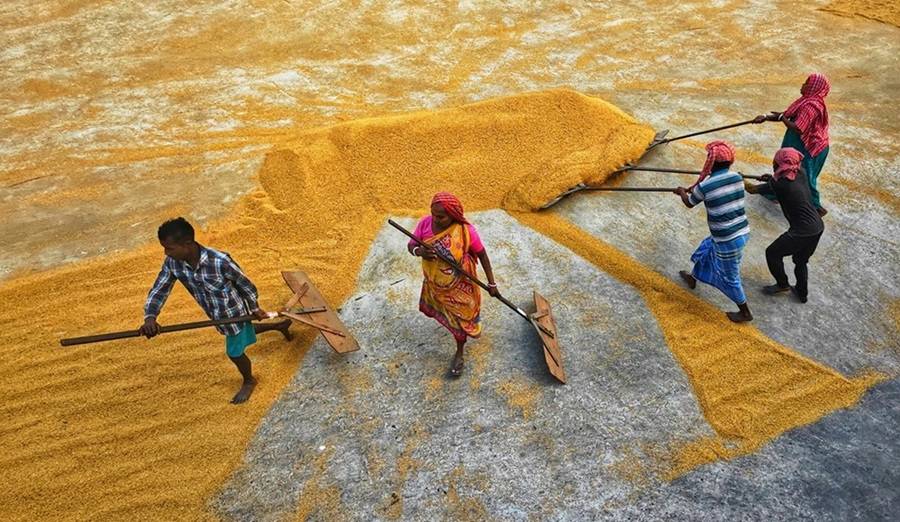
In its recent Annual Report, Reserve Bank of India (RBI) stated that the Minimum Support Prices (MSPs) for the kharif and rabi seasons of 2023-24 ensured a minimum return of 50% over the cost of production for all crops. As of March 31, 2024, the overall public stock of foodgrains stood at 2.9 times the total quarterly buffer norm, indicating robust reserves.
On November 29, 2023, the government extended the Pradhan Mantri Garib Kalyan Anna Yojana (PMGKAY) for another five years, starting January 1, 2024. This scheme, aimed at providing free foodgrains to the underprivileged, reflects ongoing efforts to ensure food security for all.
The interim Union Budget for 2024-25 highlighted several initiatives to boost the agricultural sector. These include the Aatma Nirbhar Oilseeds Abhiyan, promoting the environmentally sustainable use of nano diammonium phosphate (DAP) across various agro-climatic zones, and introducing a new bio-manufacturing and bio-foundry scheme to support the bioeconomy.
Despite these positive measures, the report noted that the agriculture sector faced challenges due to uneven and deficient south-west monsoon (SWM) rainfall, exacerbated by strengthening El Niño conditions. The overall SWM rainfall for June-September 2023 was 6% below the long-period average (LPA) at the all-India level, leading to delays and shortfalls in kharif sowing. Additionally, the north-east monsoon (NEM) from October to December also ended with a 9% rainfall deficit, affecting reservoir storage levels.
According to the second advance estimates, the production of kharif and rabi foodgrains in 2023-24 was 1.3% lower than the final estimates of the previous year. Despite these setbacks, there is potential for productivity gains in millet production.
The MSPs for 2023-24 saw increases ranging from 5.3% to 10.4% for kharif crops and 2.0% to 7.1% for rabi crops. Moong registered the highest MSP increase among kharif crops, while lentils (masur) and wheat saw the most significant hikes among rabi crops.
The production of horticultural crops for 2023-24 was estimated to be 0.1% below the previous year’s figures, primarily due to lower vegetable yields.
















